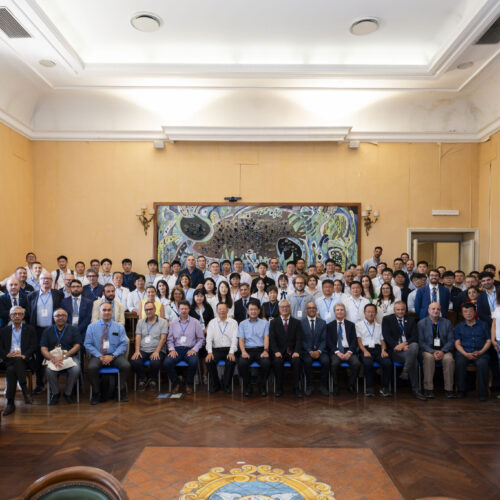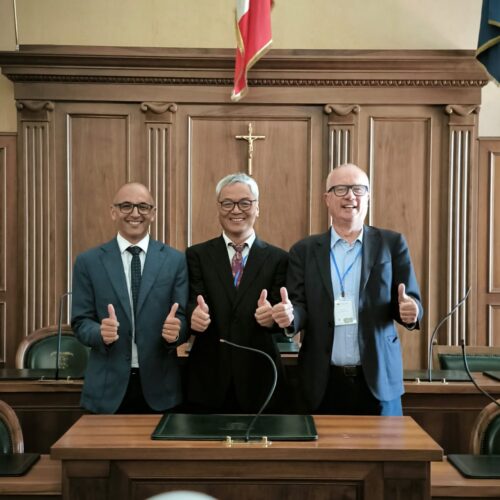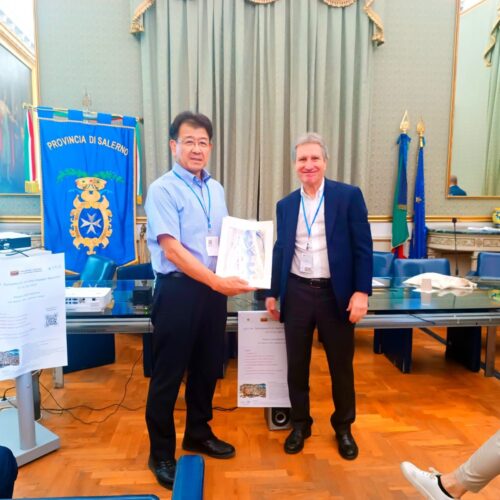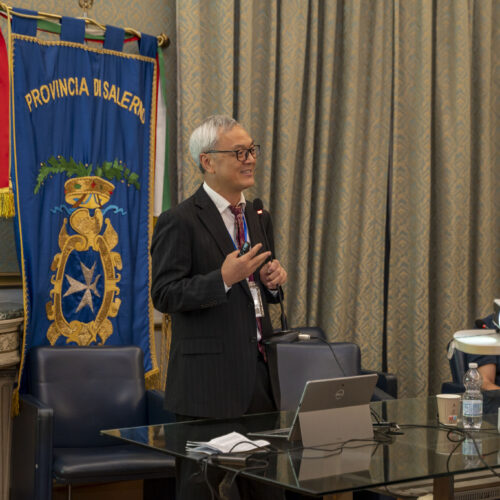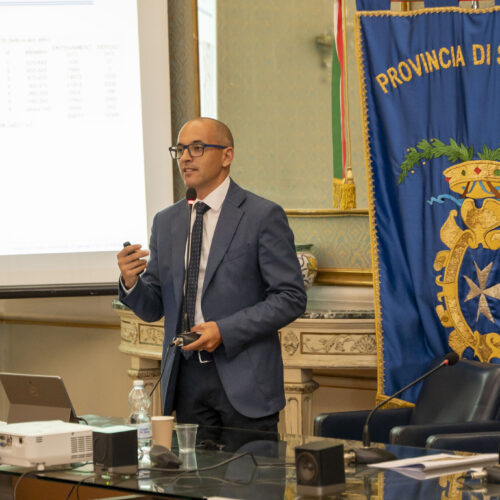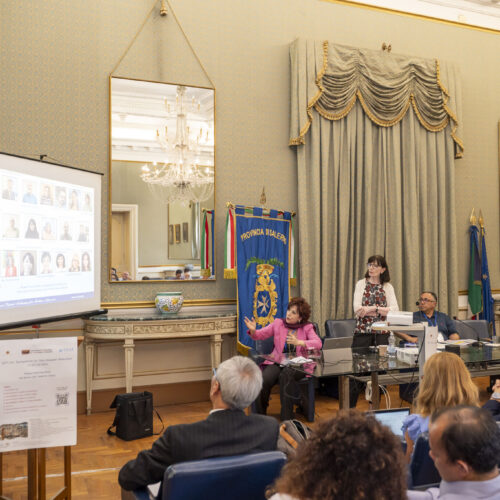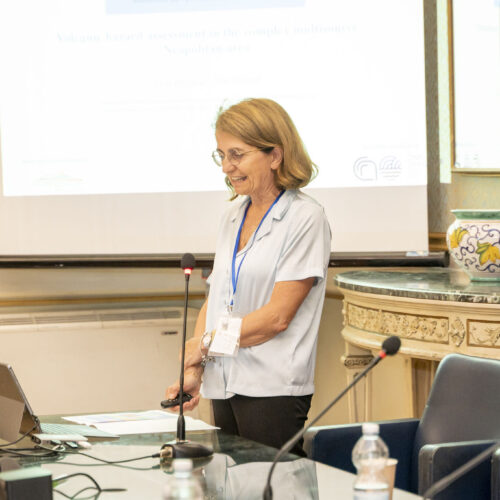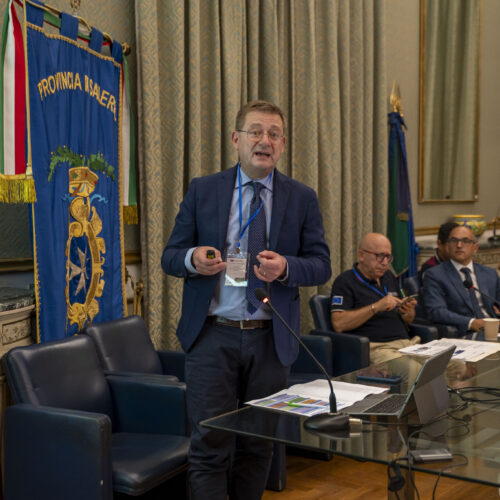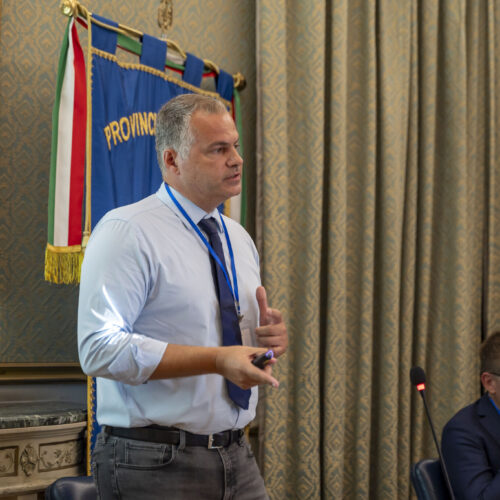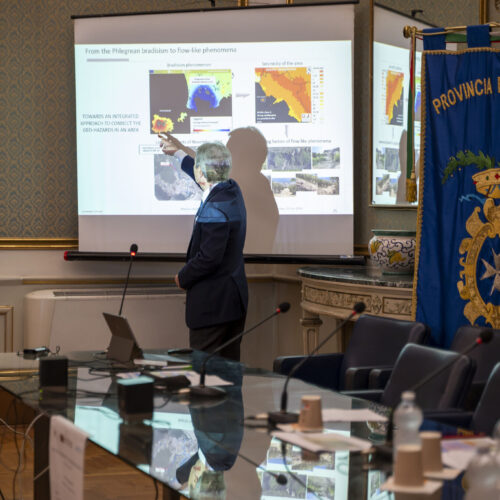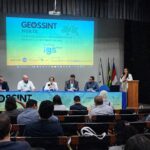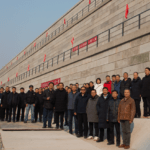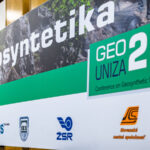Geosynthetics solutions to mitigating the devastating effects of landslides, earthquakes and tsunamis were discussed at a recent conference.
The 22nd International Symposium on Geo-Disaster Reduction (ISGDR2024) welcomed some 180 international experts to explore, confer and analyze the latest research on these issues.
Supported by IGS Italy and held for the first time in Salerno, Italy, on July 22-25, this year, the annual event aims to advance ways to reduce geo-disasters in densely populated communities vulnerable to these events.
Delegates heard six keynote lectures made by Professors Leonardo Cascini, Faisal Fathani, Manchao He, Michel Jaboyedoff, Mike Winter, and Masaho Yoshida. There were also 14 parallel sessions with 11 invited lectures, 61 presentations, and two poster sessions.
There was also a full day’s technical visit to the Vesuvius Observatory, the Campi Flegrei caldera, and the Piedmont Mountains at Sarno to deepen understanding of volcanism, seismicity/bradyseism and flow-type landslides in an environment rich in pyroclastic soils from the eruptive activity of Somma-Vesuvius.
Bradyseism is a rise or fall in the earth’s surface caused by hydrothermal activity or shifts in magma.
photo credits: 22nd International Symposium on Geo-disaster Reduction
IGS Italy President Daniele Cazzuffi said: “It is always important that the geosynthetic engineering community interacts with the experts of other disciplines in order to achieve reciprocal knowledge, obtain mutual benefits and also expand the correct use of geosynthetics in the various parallel fields of geotechnical and geoenvironmental engineering.”
The International Consortium on Geo-Disaster Reduction (ICGDR) was established in 2003 and is made up of 65 institutions, research centers and universities from five continents. Its annual conference series launched in Kanazawa, Japan, in 2003, and was most recently held in Shanghai last year.
The 2024 edition was chaired by Prof. Sabatino Cuomo (University of Salerno, Italy) and Prof. Fawu Wang (Tongji University, Shanghai, China). Contributions of particular importance this year were provided by experts from China, Japan, and Hong Kong, as well as speakers from organizations including the Italian Institute for Environmental Protection and Research, the National Institute of Geophysics and Volcanology, the National Research Council, the Department of Civil Protection, District Basin Authority of the Southern Apennines, and the University Centre for Research on Major Hazards.
Organizers also appreciated the attendance of Prof. Vassilis Marinos, the President of the International Association of Engineering Geology and the Environment.
Learn more about the ICGDR here.
Find out more about IGS Italy here.


